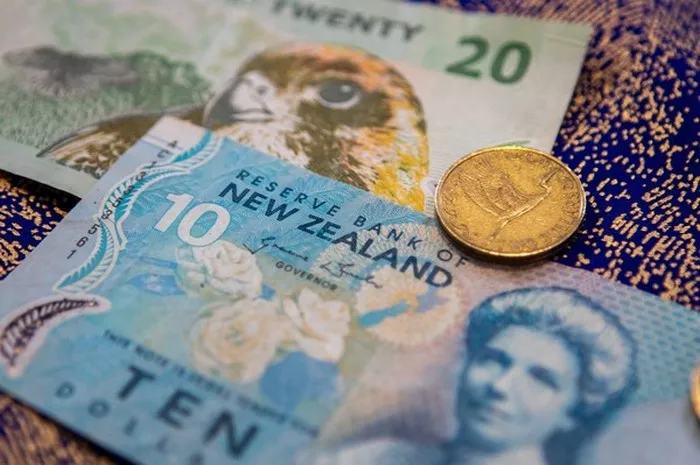Australia, known for its vibrant culture, diverse wildlife, and stunning landscapes, has a rich history that extends to its currency. Before the introduction of the Australian dollar, the country had its own unique forms of currency. Exploring the evolution of Australia’s old currency provides insights into its economic history and the transition to modern monetary systems.
Early Forms of Currency in Australia
Indigenous Trade and Exchange
Long before European settlement, Indigenous Australians engaged in complex trade and exchange systems. Items such as shells, stones, and tools were used as forms of currency within and between communities. These trading systems were integral to Indigenous economies and played a crucial role in social and cultural interactions.
Rum Currency
During the early days of European settlement, a significant shortage of coins led to the emergence of alternative currencies. One notable example was the use of rum as a medium of exchange. In the late 18th and early 19th centuries, rum became a de facto currency in the colony of New South Wales, particularly among military personnel and convicts. This led to a period known as the “Rum Rebellion,” where tensions arose over control of the rum trade and its impact on the economy.
Colonial Currency
Holey Dollar and Dump
In an effort to address the currency shortage in the early 19th century, Governor Lachlan Macquarie introduced the Holey Dollar and Dump in 1813. This involved the conversion of Spanish dollars into two distinct coins: the Holey Dollar, created by punching the center out of the Spanish dollar, and the Dump, the small circular piece removed from the center. These coins were stamped with the colony’s name and value, effectively creating Australia’s first official currency.
The Holey Dollar
The Holey Dollar had a value of five shillings and was stamped with the words “New South Wales” and the date.
The Dump
The Dump, with a value of 15 pence, featured an inscription of “Five Shillings” and the date.
British Currency
As British influence in Australia grew, so did the adoption of British currency. British coins, such as the sovereign, shilling, and penny, circulated alongside colonial currency. The British pound sterling became the standard unit of currency, reflecting the close economic ties between Australia and the British Empire.
Federation and the Australian Pound
Establishment of the Australian Pound
With the federation of the Australian colonies in 1901, efforts were made to establish a national currency. The Australian pound was introduced as the official currency, with each pound divided into 20 shillings and each shilling into 12 pence. Australian coins were minted, featuring native wildlife, iconic figures, and symbols representing the young nation.
Decimalization
Despite the stability of the pound, there were calls for a more modern and streamlined currency system. In 1966, Australia transitioned to decimal currency, replacing the pound with the Australian dollar. The new currency was based on a decimal system, with 100 cents to the dollar. This transition simplified financial transactions and aligned Australia’s currency with international standards.
FAQs
1. What was the exchange rate between the Australian pound and the Australian dollar?
The Australian pound was equivalent to two Australian dollars upon decimalization in 1966. This meant that one pound was exchanged for two dollars, maintaining parity in the transition to decimal currency.
2. How did the introduction of the Australian dollar impact the economy?
The introduction of the Australian dollar brought about greater efficiency in financial transactions and facilitated international trade. It also symbolized Australia’s economic independence and modernization.
3. Are any remnants of old Australian currency still in circulation?
While old Australian currency is no longer legal tender, collectors and enthusiasts may still encounter rare coins and banknotes from Australia’s colonial and pre-decimal periods. These artifacts serve as reminders of the nation’s monetary history and heritage.
See Also Old Australian Banknotes: Who Buys and Why
Conclusion
Australia’s old currency reflects the nation’s diverse economic and cultural heritage. From Indigenous trade systems to colonial coinage, each form of currency tells a story of innovation, adaptation, and evolution. While the Australian dollar now reigns as the official currency, the legacy of its predecessors lives on, reminding us of the journey from rum to decimalization and the enduring resilience of Australia’s economy.


